Deck & Commander Strategies
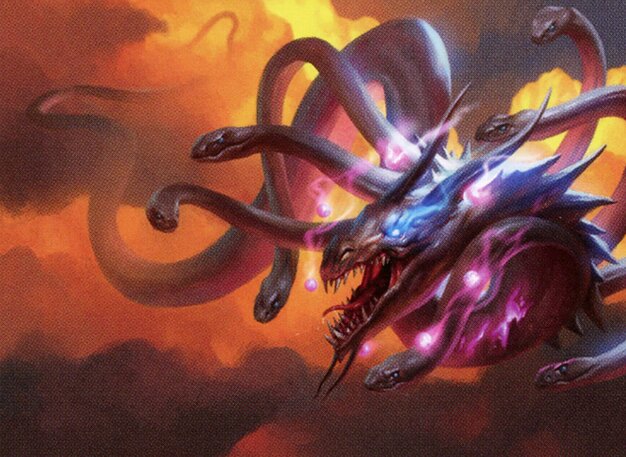
O-Kagachi, Vengeful Kami
Focuses on controlling the board through Spirit tokens and utilizing synergies with enchantments and creatures to generate incremental advantage and combat pressure.
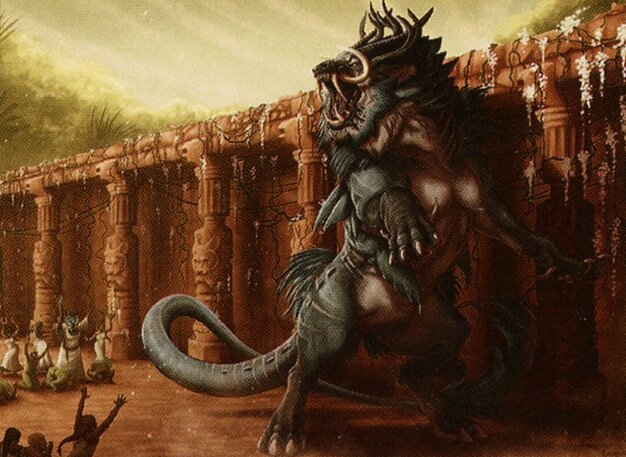
Gahiji, Honored One
Aggressive strategy aiming to boost attacking creatures and capitalize on combat damage to pressure opponents while maintaining board presence with tokens.
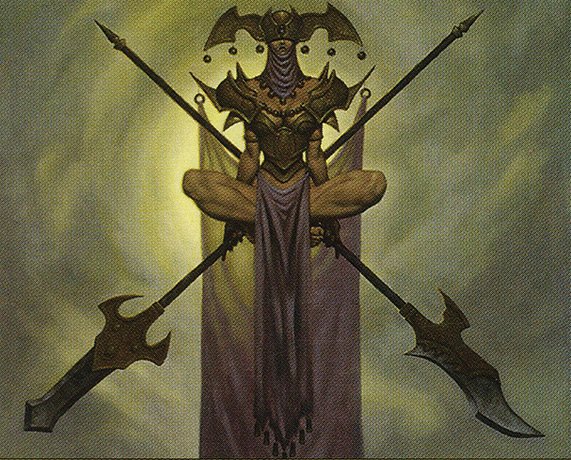
Karona, False God
A midrange approach leveraging enchantments to enhance creatures and control the battlefield, using political and combat tricks to manipulate opponents.
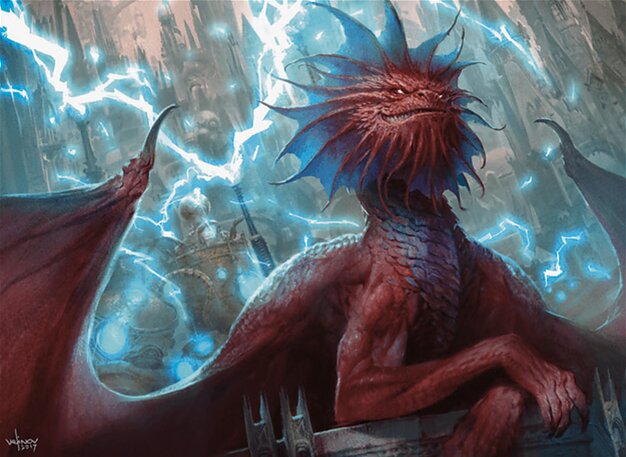
Niv-Mizzet, Parun
A spell-slinger deck that uses instant and sorcery spells to trigger Niv-Mizzet’s damage abilities, combined with card draw engines and mill effects to control the game and win through direct damage.
Gameplay Insights
- 1
The use of Telepathy allowed a player to see all opponents' hands, enabling informed decisions and strategic targeting.
- 2
Coordinated sacrifice of Casca Pride Mage was used to destroy multiple enchantments, illustrating timely board wipes to disrupt opponents’ enchantment synergies.
- 3
Players selectively attacked to manage threats and avoid early elimination, demonstrating political nuance in free-for-all Commander.
- 4
Repeated use of mill and card draw effects like Sphinx's Tutelage and Psychic Corrosion created slow but consistent pressure on opponents’ resources.
- 5
The combination of Puzzle Box and Winds of Change shuffled hands and libraries, disrupting opponents' plans and refreshing resources for the caster.
Notable Cards
-
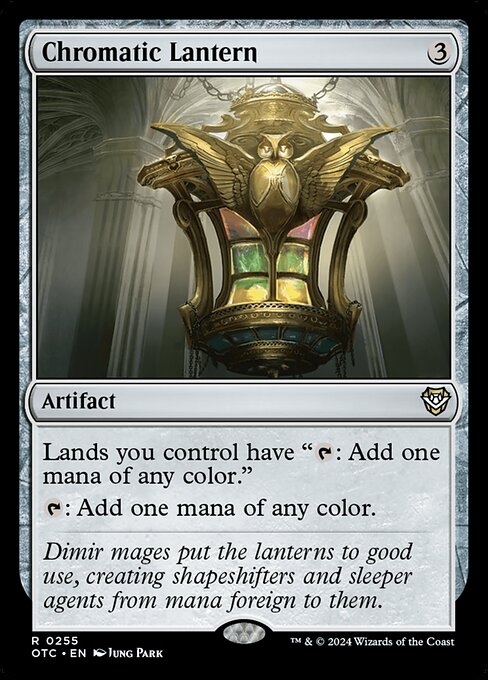
Chromatic Lantern
-
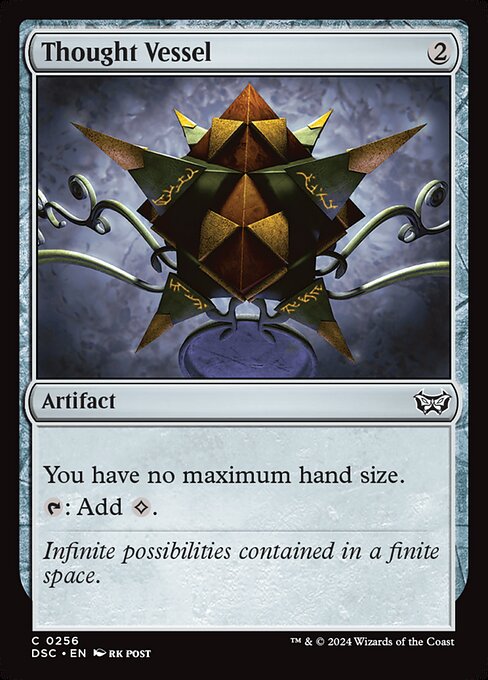
Thought Vessel
-
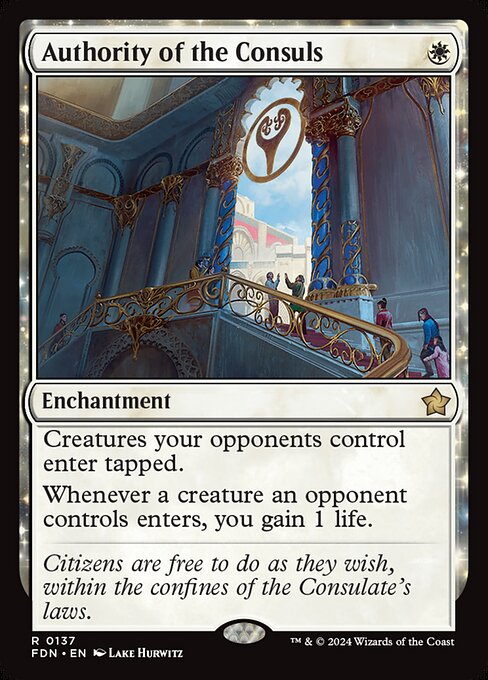
Authority of the Consuls
-
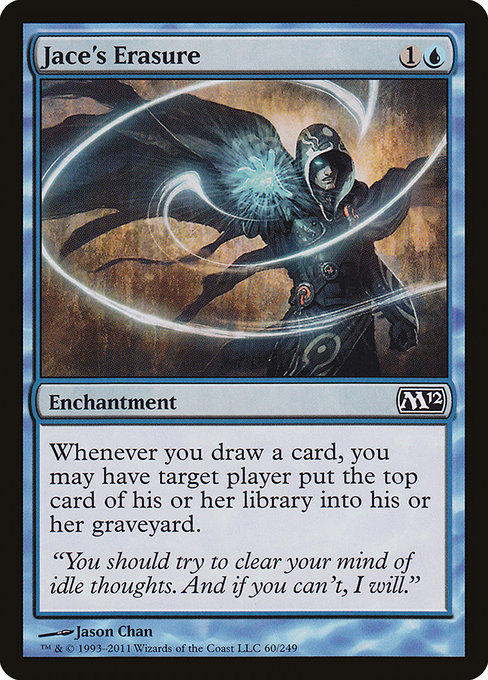
Jace's Erasure
-

Sphinx's Tutelage
-

Psychic Corrosion
-
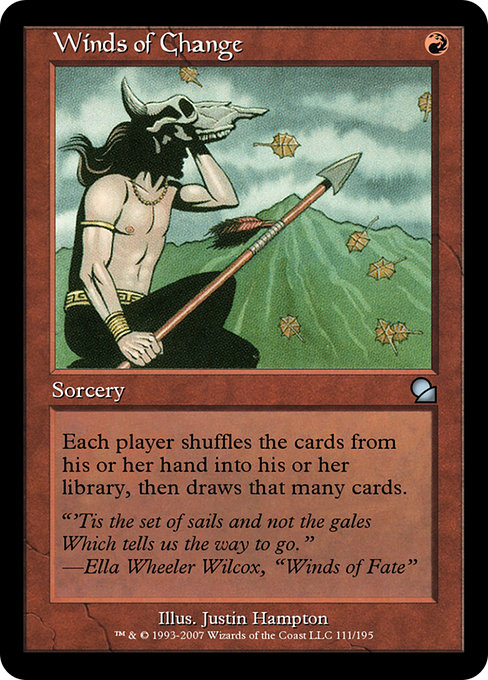
Winds of Change
-
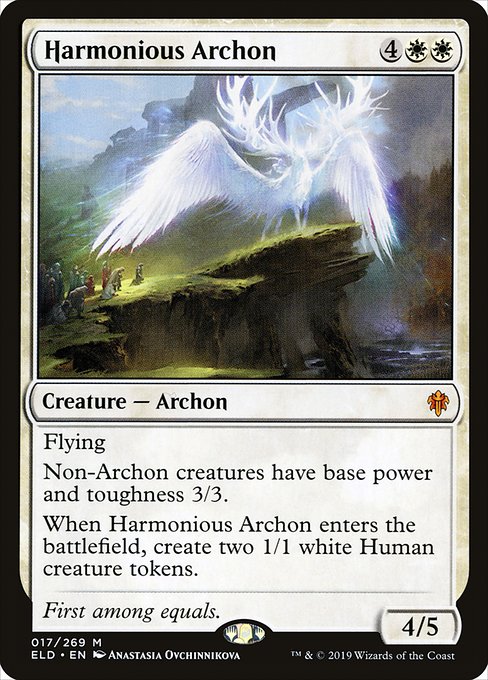
Harmonious Archon
-
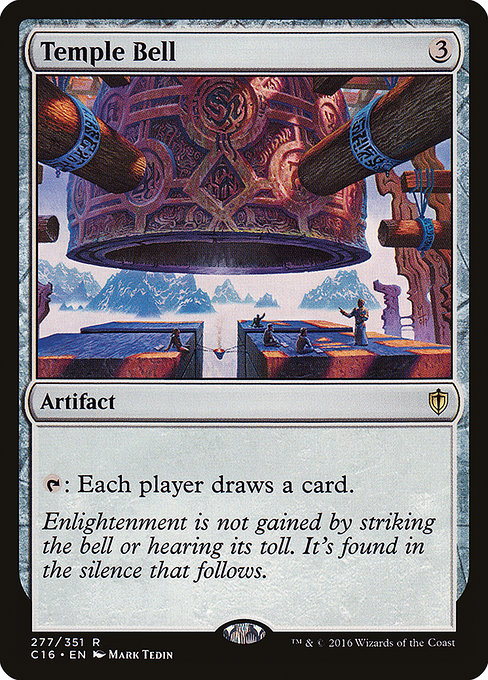
Temple Bell
-
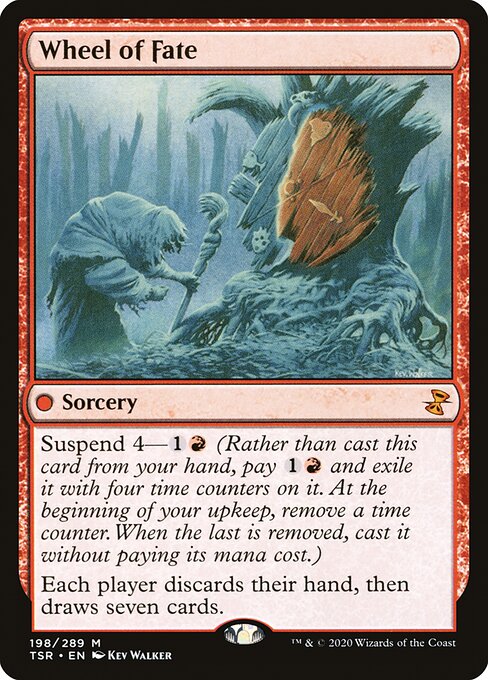
Wheel of Fate
Gameplay Summary
The game unfolded with four distinct decks vying for control in a dynamic free-for-all Commander match.
Early turns featured players establishing their mana bases and deploying key ramp and utility artifacts like Chromatic Lantern and Thought Vessel to accelerate their strategies.
There was a notable focus on enchantments, with cards like Authority of the Consuls and Casca Pride Mage influencing board state and interactions.
Players leveraged strong card draw and graveyard interactions, including spells like Puzzle Box and Sphinx's Tutelage, to generate incremental advantage and disrupt opponents.
Telepathy allowed one player to gain insight into all hands, shaping strategic decisions.
The board saw several combat phases where players selectively attacked to manage threats and pressure life totals, with some diplomatic targeting to avoid early elimination.
A pivotal moment involved a coordinated use of sacrifice and removal spells to clear problematic enchantments and artifacts, reshaping the battlefield.
The game was marked by continuous card advantage plays and tactical combat maneuvers, with players balancing aggression and defense as they sought to position themselves for a late-game win condition based on incremental damage and enchantment synergies.

















![Commander VS S12E7: ??? vs ??? vs ??? vs ??? [EDH] thumbnail](https://i.ytimg.com/vi/RtpgM-nfHno/sddefault.jpg)



![Commander VS S13E8: Najeela vs Gahiji vs Thromok vs Bruse Tarl & Thrasios [EDH] thumbnail](https://i.ytimg.com/vi/3Z9ZBNSOTXg/sddefault.jpg)






![Alela vs Edgar vs Animar vs O-Kagachi [EDH/Commander Gameplay] 2020 thumbnail](https://i.ytimg.com/vi/SmadQbfh2i8/sddefault.jpg)




![Random Deck Roulette Part 2 [Commander VS 292] | Magic: The Gathering Commander Gameplay thumbnail](https://i.ytimg.com/vi/hLpAcqwvWD0/sddefault.jpg)


![Commander VS S13E3: Skullbriar vs Niv-Mizzet vs Tuvasa vs Etrata [EDH] thumbnail](https://i.ytimg.com/vi/5EGIlbpfVkE/sddefault.jpg)







![Commander VS S13E5: ??? vs ??? vs ??? vs ??? [EDH] thumbnail](https://i.ytimg.com/vi/6sqnH1IXwFY/sddefault.jpg)
![Commander VS S3E9: Nekusar vs Karona vs Xenagos vs Kiki-Jiki [MTG: Multiplayer] thumbnail](https://i.ytimg.com/vi/meqwIXTAv34/sddefault.jpg)
